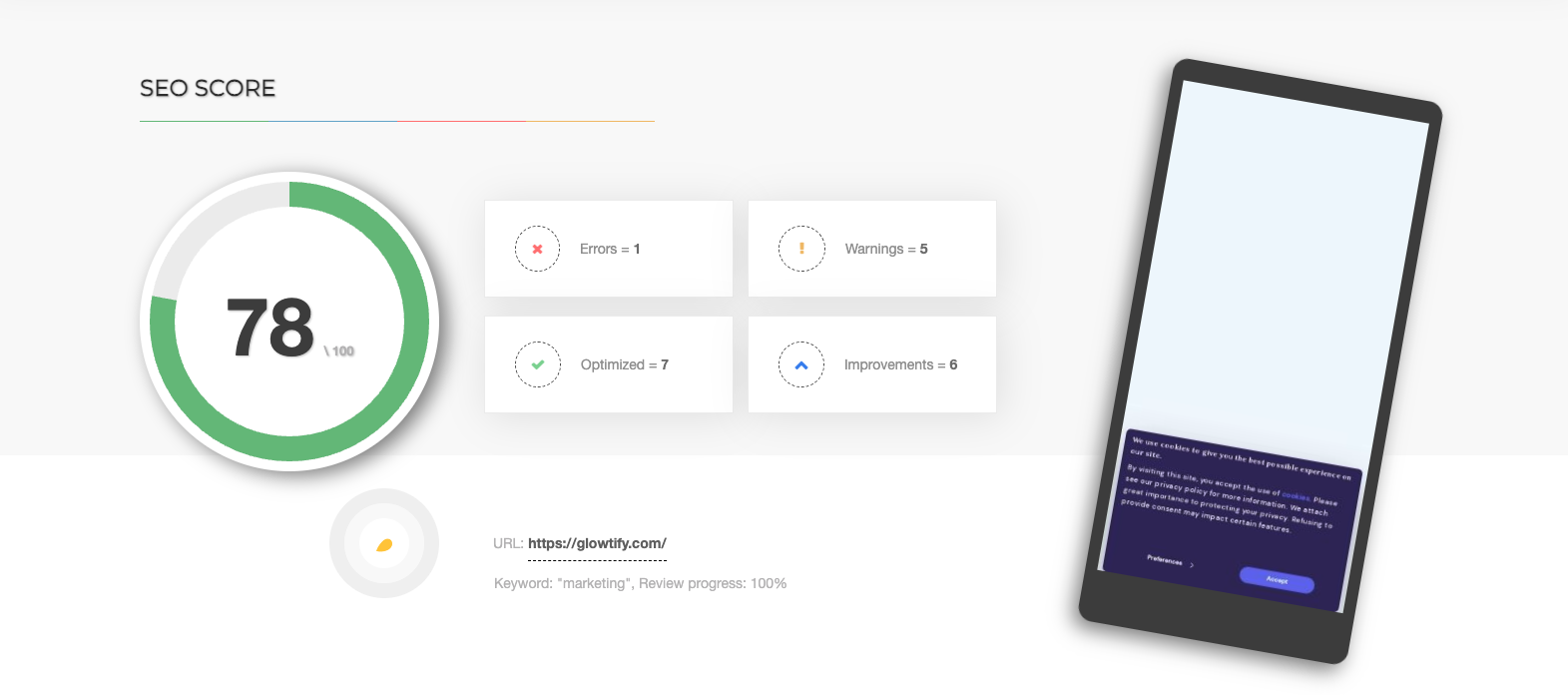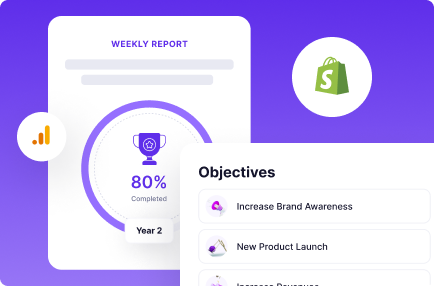Table of Contents
Like most website owners, you’re always looking for ways to increase your conversion rate. And if you’re not currently using copywriting techniques on your site, you may be surprised at how much difference some tweaks can make.
It is possible to trace the history of copywriting back to early advertising agencies. In the 18th and 19th centuries, these agencies began employing copywriters to create persuasive ad copy.
In the early 20th century, copywriting as we know it today began to take shape. As advertising became more sophisticated, copywriters had to keep up. They began using psychological techniques to influence consumer behavior. And they also started paying more attention to grammar, sentence structure, and overall readability. In this blog post, we’ll discuss some of the best ways to use copywriting to increase conversions on your website. So read on to learn more!
What Is Copywriting? Who Is A Copywriter?
Today, copywriting is essential to any effective marketing or advertising campaign. And it’s also become increasingly important for website owners who want to convert more visitors into customers or clients.

But what exactly is copywriting? And who is a copywriter? A copywriter’s job is to persuade readers. It’s the practice of creating persuasive, compelling, and interesting marketing materials like website content, ads, email campaigns, and more. A copywriter specializes in this type of writing.
What Are The Best Tips For Copywriters To Increase Conversion Rates?
Nows day there are several strategies used by copywriters to increase the conversion rate on a website, but we have mentioned some of the most important and effective tips below:
- Understand Your Audience.
- Be Aware Of Key Terms And Phrases.
- Frontload Important Information.
- Keep Paragraphs Short.
- Use Bullet Points.
- Headings are important
- Try to Figure Out Why.
- Complexity Kills Readability.
- Be Concise.
- Write How You Speak.
- Take Breaks Between Drafts.
- Break Up The Copy.
- Avoid Overuse Of Buzzwords.
- Focus On Benefits.
- Don’t Overlook Microcopy.
- Check Out The Competition.
- Omit Unnecessary Words.
- Edit ruthlessly.
1. Understand your audience.

It is copywriting 101. You can’t write copy that converts if you don’t know who you’re writing for. Do some research on your target audience. What are its pain points? Can you tell me what their goals are? What do they care about? Understanding your audience will make it easier to write copy that will appeal to their interests and encourage them to act.
2. Be Aware Of Key Terms And Phrases.
When people are scanning web copy, they’re usually looking for specific information. Organize your text so they can easily locate key terms and phrases by highlighting keywords and phrases with formatting like bolding or italics. Breaking up the copy will make it easier to read. It will also help ensure that people see the most important information first.
3. Frontload Important Information.
Another way to ensure people see the most important information is to frontload it. In other words, put the important stuff at the beginning of your copy before you get into the details. It is especially important for long-form reproduction, like blog posts and articles. People’s attention spans are shorter than ever, so you need to hook them right away so that they stay engaged throughout the entire piece.
4. Keep Paragraphs Short.
No one likes huge blocks of text. It’s best to keep your paragraphs short and sweet. It will make your copy more readable and easy to scan. As a result, readers will not be lost in the middle of a long paragraph and lose interest.
5. Use Bullet Points.
It is possible to use bullet points to break up your copy and make it easier to read. They’re also great for highlighting key information and ensuring it’s seen. So if you have a lot of information that you want to include in your copy, consider using bullet points to make it more digestible.
6. Headings Are Important.

Headings are another great way to break up the copy and make it easier to read. They help people understand the piece’s structure and quickly find the information they’re looking for. When writing long-form copy, use plenty of headings to keep it organized and easy to read.
7. Try To Figure Out Why.
Before you start writing copy, it’s important to figure out the “why” behind it. In other words, what is the purpose of the document? Are you trying to sell a product? Promote a service? Or educate your audience? Once you know the meaning of the copy, you can tailor your message accordingly and ensure it aligns with your goals.
8. Complexity Kills Readability.
When it comes to copywriting, simpler is almost always better. So avoid using unnecessarily complex words and phrases. Stick to language that is easy to understand and will resonate with your audience. Doing so will ensure that your copy is readable and easy to digest.
9. Be Concise.
Another important copywriting tip is to be concise. This method will allow you to quickly get to the point, avoiding fluff or filler content. Therefore, if you can express yourself in fewer words, do it! It will help make your copy more direct and impactful.
10. Write How You Speak.
When writing copy, it’s important to note as you speak. In other words, use language that is natural and easy to understand. Don’t use technical terms or jargon they may not be familiar with. Doing so will ensure that the copy is relatable and easy to read.
11. Take Breaks Between Drafts.
Copywriting is a marathon, not a sprint. Don’t try to do everything in one sitting. It’s important to take breaks between drafts so you can come back with fresh eyes and catch any errors or typos. It ensures your writing is error-free and ready to be published.
12. Break Up The Copy.
Large chunks of text can be daunting and off-putting to readers. So it’s important to break up the copy with headings, subheadings, and paragraphs. It will help make the document more manageable and easier to read. It will also help people find the information they’re looking for more easily.
13. Avoid Overuse Of Buzzwords:
Writing copy is not about using fancy words or jargon to impress your readers. It’s about communicating a message clearly and concisely. So avoid overusing buzzwords or technical terms your audience may not know. Stick to language that is easy to understand and will resonate with your reader.
14. Focus On Benefits:
Copywriting is all about persuasion. A good way to persuade someone to take action is to focus on the benefits. So when you’re writing copy, highlight the benefits of taking the desired action. It will encourage people to take the plunge and convert into customers or clients.
15. Don’t Overlook Microcopy:

Microcopy is the small bits of copy that are often overlooked but can make a big impact. It includes things like error messages, form labels, and call-to-action buttons. So don’t overlook these small but important pieces of copy. Make sure they’re well-written and effective so they can help improve conversions on your site.
16. Check Out The Competition.
When you’re copywriting, it’s always a good idea to check out the competition. See what it’s doing right and wrong. It will help you learn from its mistakes and find ways to improve upon its successes. Checking out the competition will also give you some great ideas for your copy.
17. Omit Unnecessary Words:
Copywriting is all about being concise. So when you’re revising your copy, be sure to omit any unnecessary words. It includes things like filler words, redundancies, and empty phrases. Cutting out these extra words will make your copy more direct and impactful.
18. Edit Ruthlessly:
Copywriting is not about getting everything perfect on the first try. It’s about revising and editing until you have a strong, polished piece of copy. So don’t be afraid to edit ruthlessly. Cut out anything that isn’t essential and make sure every word counts. There will be a lot of work, but it will be worth it in the end.
Conclusion:
Copywriting is a crucial skill for any website owner. By following the tips above, you can start to improve your copywriting and see a real difference in your conversion rate. So what are you waiting for? Start writing better copy today! Please accept my sincere thanks for reading this blog post. If you have any questions or want to learn more about copywriting, please get in touch with us. We’re always happy to help!

Want more SEO traffic?
Discovering the secret to increasing your website’s traffic could be as simple as accessing this Free SEO analyzer tool!
Try it - it's free

